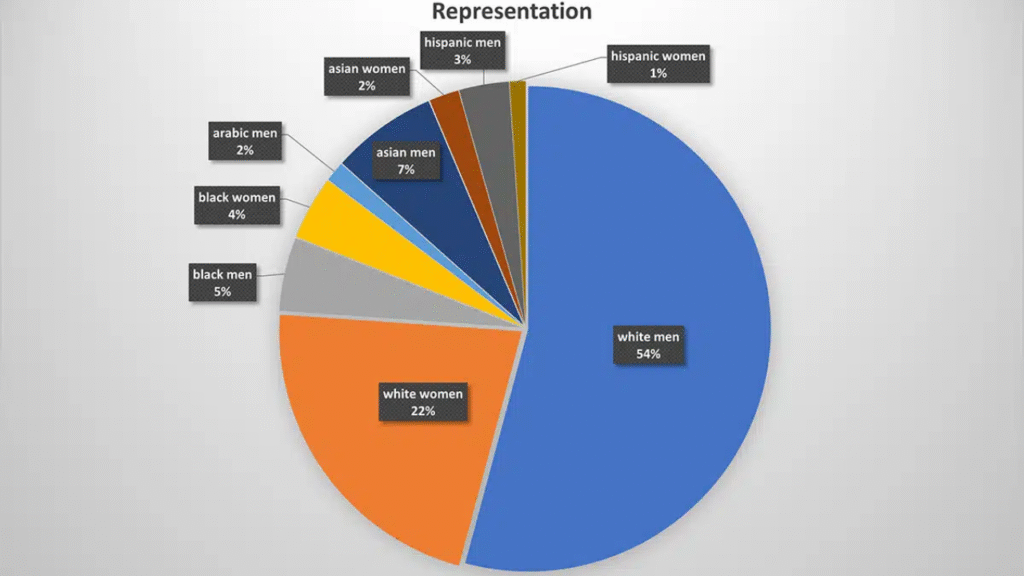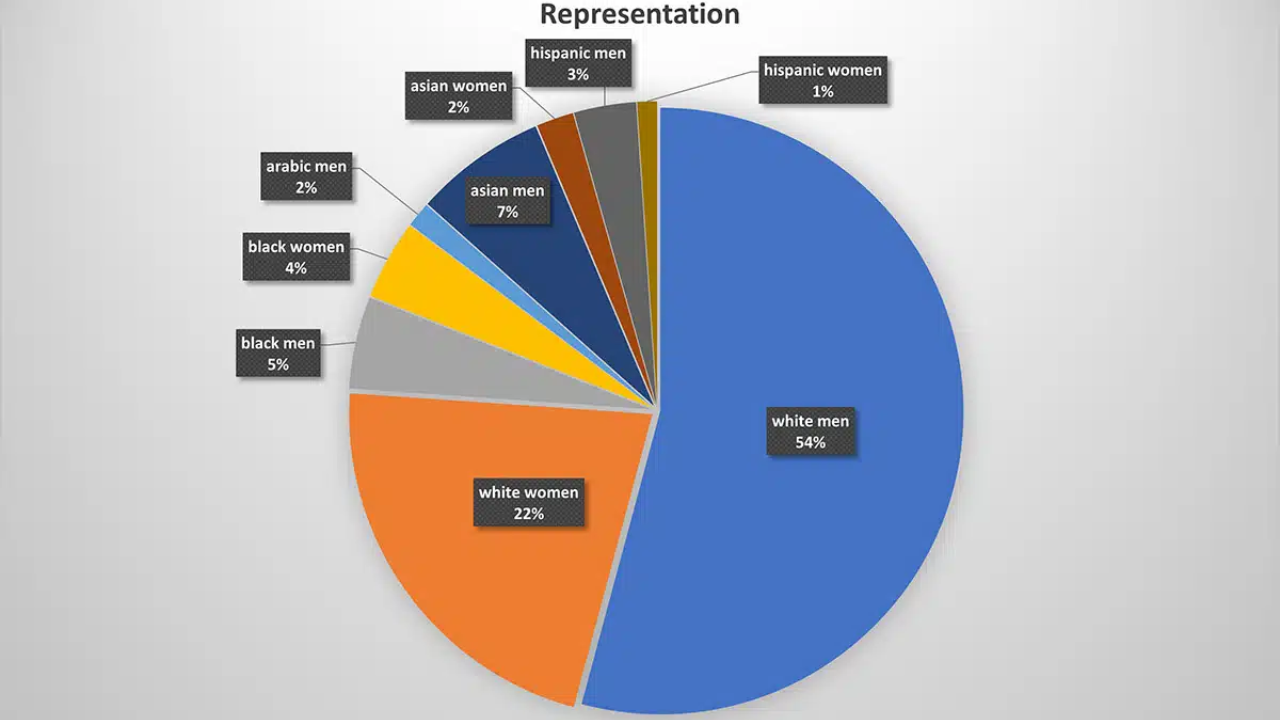
Since its inception, the Latin American Union of Ergonomics Organizations (ULAERGO) has functioned as a regional alliance committed to advancing ergonomics across Latin America. But how evenly has the leadership been distributed across countries? Has the executive board truly reflected the continental diversity it represents?
This article unpacks country-wise representation on ULAERGO’s Executive Board over the years, tracking trends, leadership clusters, underrepresented nations, and how shifting political, academic, and institutional landscapes have shaped the geography of power within the organization.
Overview Table: Country-Wise Presence in Executive Leadership (2012–2025)
| Country | Total Board Seats Held | Years Represented | Presidents | Key Committees Chaired | Notable Contribution |
|---|---|---|---|---|---|
| Brazil | 11 | 2012–2025 | 1 | Research, Policy, Inclusion | Hosted first Regional Ergonomics Congress |
| Mexico | 10 | 2012–2025 | 1 | Education, Standards | Developed Pan-Latin Ergonomics Certification |
| Argentina | 8 | 2012–2025 | 0 | Mental Health, Training | Standardized psychosocial workload measures |
| Chile | 7 | 2012–2025 | 1 | Digital, Health Liaison | Launched first hybrid training infrastructure |
| Colombia | 6 | 2012–2025 | 1 | Legal Affairs, Community | Established legal framework and NGO status |
| Peru | 4 | 2015–2025 | 0 | Digital Infrastructure | Built ULAERGO’s e-learning and resource portal |
The Foundational Years (2012–2015): Dominance by the Founding Five
In ULAERGO’s early phase, most executive board seats were occupied by representatives from Colombia, Brazil, Mexico, Chile, and Argentina—the five nations central to its founding. This concentration reflected both the maturity of ergonomics organizations in these countries and their available institutional infrastructure.
Key Observations:
- Colombia, under Dr. Luis Ortega, held the presidency and legal setup portfolio.
- Brazil and Mexico led early-stage training initiatives and research clusters.
- Argentina’s presence centered around psychosocial ergonomics.
Impact:
The founding countries shaped the constitutional identity of ULAERGO but created an initial imbalance in board representation.
Mid-Era (2015–2021): Inclusion, But Not Equity
As ULAERGO expanded its visibility, new member countries were added to the roster. However, this didn’t immediately translate into executive power. Countries like Peru, Uruguay, Bolivia, and Ecuador began participating in programs but had limited leadership roles. The executive board continued to be dominated by Brazil, Mexico, and Chile.
Trends:
- Peru secured its first board seat in 2015 through Eng. Juan Ortega, in digital services.
- Brazil’s Prof. Helena Vasquez became ULAERGO’s first female president.
- Mexico’s Dr. Ruiz launched the PLACE program, boosting academic representation.
Challenges:
- Unequal rotation in key roles (e.g., treasury, vice-chair)
- Lack of leadership training pipelines in smaller member nations
Modern Era (2021–2025): Signs of Regional Balancing
A major shift occurred under the presidency of Chile’s Dr. Soledad Infante, who emphasized regional equity and digital inclusion. Her push led to restructured executive nominations, enabling more equitable country participation. Peru, Colombia, and Ecuador saw increased involvement in decision-making forums, though Brazil and Mexico retained strategic chair roles.
Reforms Implemented:
- Rotating subcommittee leadership between large and small countries
- Revised nomination policy requiring cross-country candidate lists
- Annual report on geographic representation and inclusion
Outcomes:
- Peru added two new members to digital subcommittees
- Argentina chaired the regional training taskforce for the first time
- Colombia’s role in policy and legal affairs was reinstated
Country Representation Table: Evolution Across Presidential Terms
| Country | 2012–2015 | 2015–2018 | 2018–2021 | 2021–2024 | 2024–2025 |
|---|---|---|---|---|---|
| Brazil | 3 | 4 | 2 | 2 | 1 |
| Mexico | 2 | 2 | 3 | 2 | 1 |
| Colombia | 2 | 1 | 1 | 2 | 1 |
| Argentina | 1 | 1 | 2 | 2 | 2 |
| Chile | 2 | 2 | 1 | 3 | 2 |
| Peru | 0 | 1 | 1 | 2 | 2 |
| Uruguay | 0 | 0 | 0 | 1 | 1 |
| Ecuador | 0 | 0 | 0 | 1 | 1 |
Structural Factors Behind Representation Trends
1. Institutional Capacity
Nations with long-standing ergonomics associations (e.g., Brazil, Mexico) have a natural advantage in producing board-ready candidates.
2. Academic Hubs
Countries with high-output universities—such as Chile and Argentina—provide a steady stream of academic leaders for executive roles.
3. Language and Communication
Spanish-speaking countries have easier cross-country collaboration, which has occasionally left Lusophone (Portuguese-speaking) Brazil needing translation support in discussions.
4. Policy Environment
Where governments support workplace health and safety, ergonomics organizations are more empowered, as seen in Chile and Colombia.
Recent Developments: A Push for Geographic Diversity
The current leadership under Dr. Diego Álvarez (Mexico) has introduced the Country Representation Tracker, a transparent system that monitors participation by nationality in all ULAERGO bodies. The tool aims to ensure no single country dominates leadership over time.
Proposed Actions:
- Geographic quotas for major board roles
- Dual-country co-chair system for high-impact committees
- Annual mentorship program targeting underrepresented nations
Future Outlook: Toward Inclusive Continental Governance
The future of ULAERGO’s executive board lies in embracing continental inclusivity. Strategic reforms must focus on:
- Supporting ergonomics organizations in emerging member nations
- Increasing bilingual (Spanish/Portuguese) leadership development
- Encouraging South-South cooperation through shared projects
With mechanisms now in place, ULAERGO is positioned to shift from founder-dominant leadership to truly regional representation that reflects the full spectrum of Latin American ergonomics professionals.
Top 3 One-Line FAQs
Which countries have dominated ULAERGO’s executive board?
Brazil, Mexico, Chile, Argentina, and Colombia have historically held the most leadership positions.
Has country representation on the board become more balanced?
Yes, especially since 2021, with reforms promoting broader geographic diversity.
How does ULAERGO plan to ensure fair representation across nations?
Through geographic quotas, rotation policies, and leadership mentoring for underrepresented countries.

